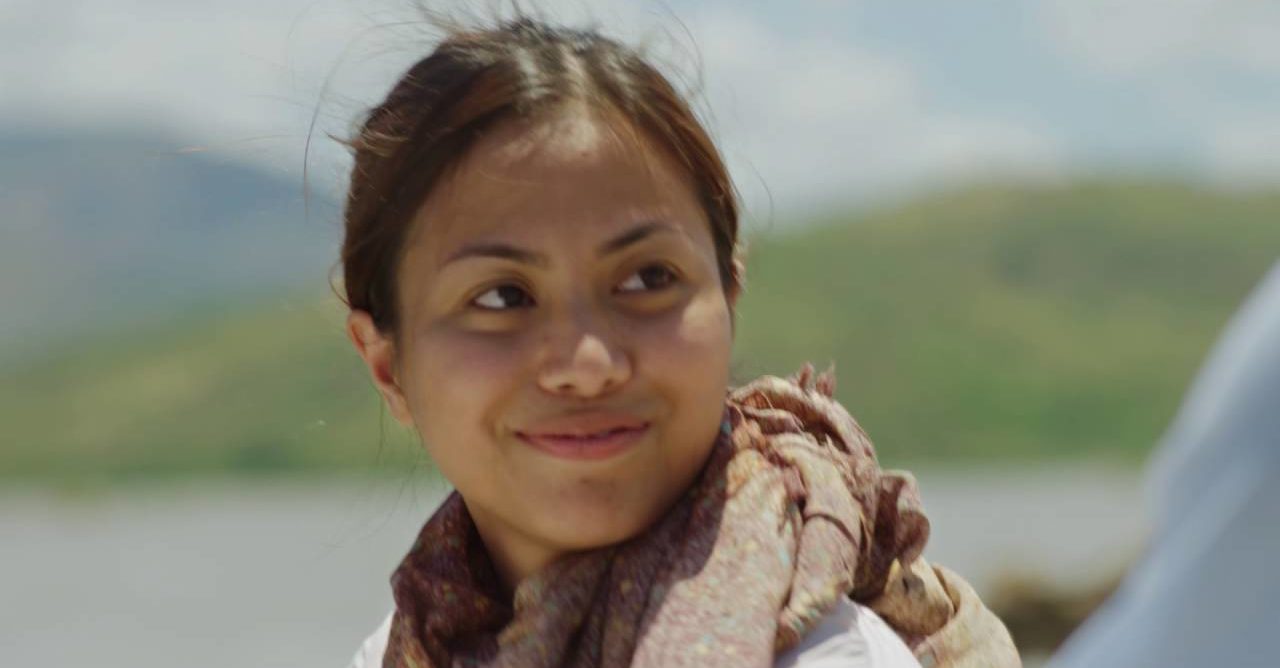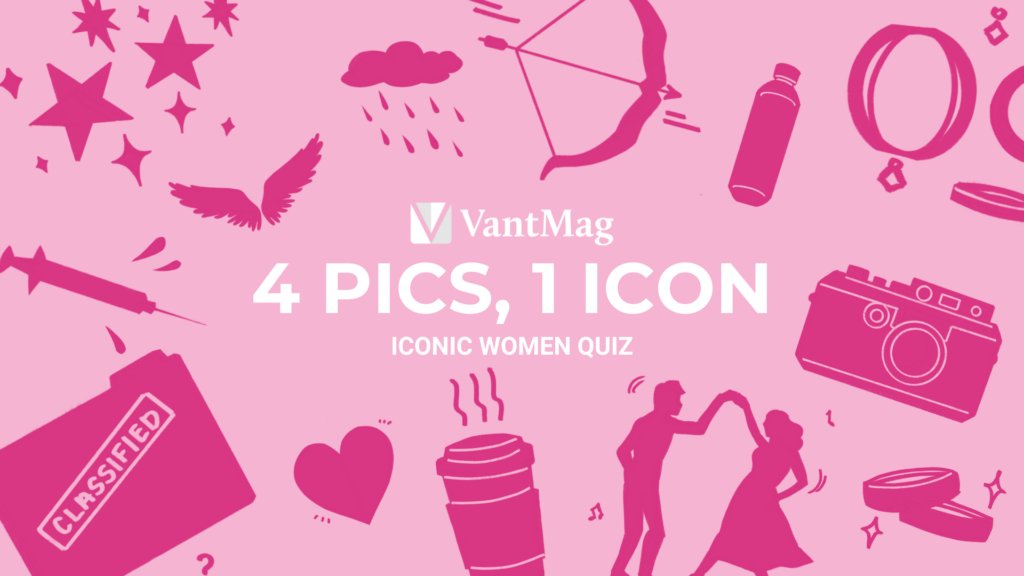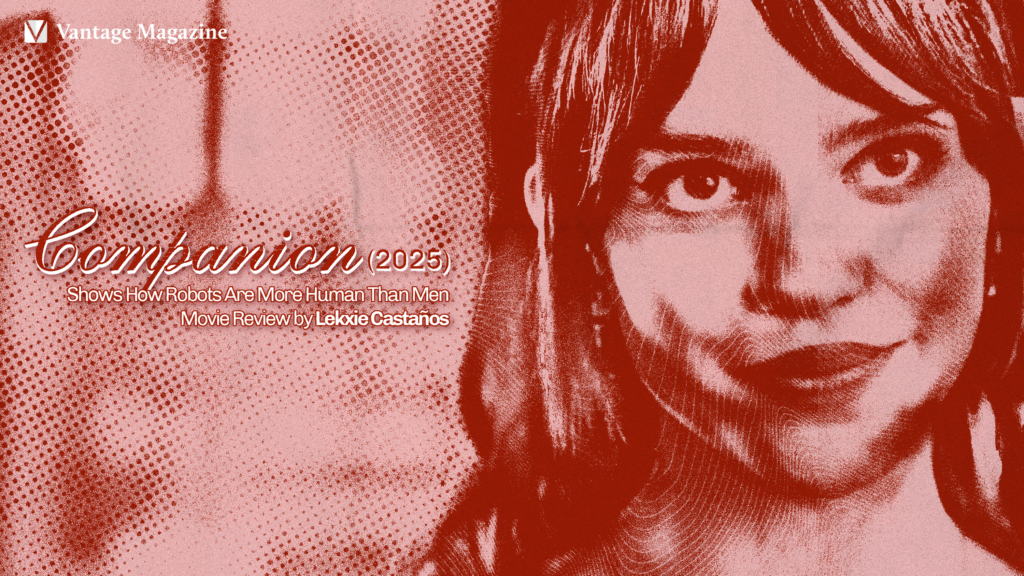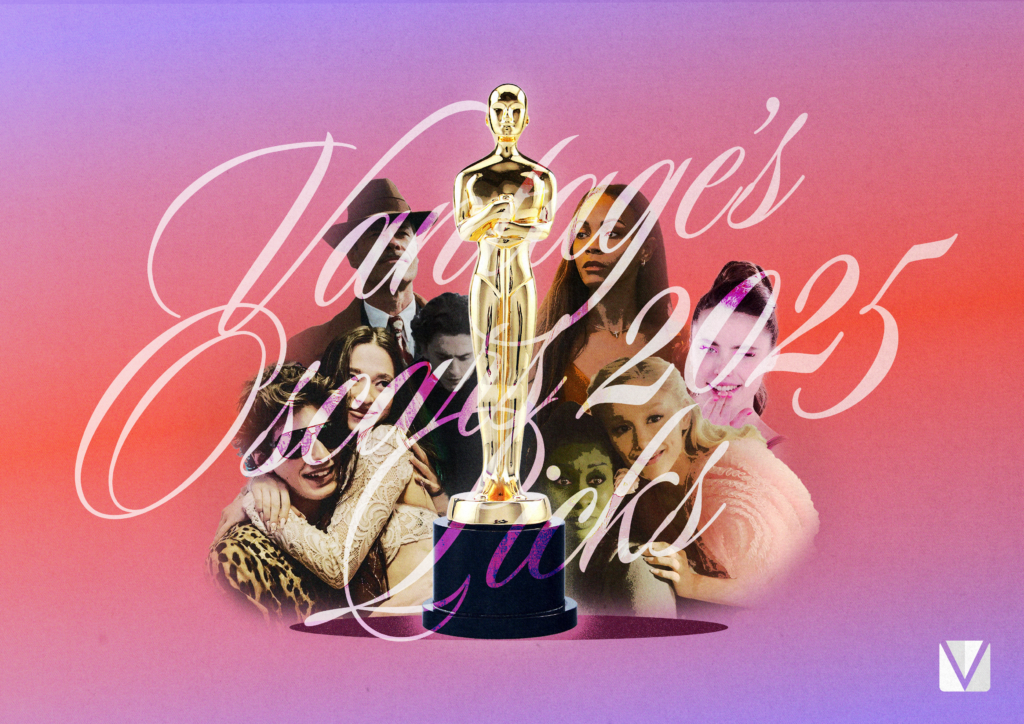Paglipay (2016) follows the story of Atan, a 19-year-old Aeta set to marry his childhood friend, Ani. Before the ceremony can push through, Atan must pay Ani’s parents a dowry of Php 20,000, among other things. Determined to win her hand, Atan journeys to a nearby town in order to make a living. There, he meets Rain, a UP Manila student finishing her thesis on the pilaok phenomenon (intermarriage between Aetas and lowlanders). The unexpected friendship that blossoms between the two throws Atan off track and leaves him questioning life as he knows it.
With the story’s traditional nature, the film is easy to stumble into the pitfalls of over-dramatizing to give the audience a sense of modern familiarity. However, director Zig Dulay rejects this in favor of portraying a more authentic Aeta story. Paglipay’s plot is simple, clean, and cohesive. The film touches on themes of love, but its main focus is on the Aeta people’s traditions, perceptions, and struggles.
We see life through the eyes of Atan, who is portrayed by the subdued yet captivating Garry Cabalic. As the story progresses, we encounter Anna Luna’s charming and outgoing Rain. The two characters come from completely different worlds, but thanks to Cabalic’s and Luna’s natural chemistry, the friendship between them feels effortless and sincere.
Paglipay’s outstanding cast and story are tied together by Albert Banzon’s beautiful cinematography. It is easy to say that Zambales’ untouched landscape does most of the work, but it is Banzon’s intelligent use of perspective and angles that elevates the film’s emotions.
Paglipay only slightly falters in its editing. A few more trips to the editing bay could further polish minor audio synchronization and camera stability problems.
Overall, Paglipay is a beautiful film that transcends the boundaries of the screen. Dulay’s storytelling creates an immersive experience that allows Atan’s story to stick with his audience long after they have left the cinema.
Rating: 4.5/5
Photo retrieved from i.ytimg.com.






